Q
Does Proton Saga Equip with ABS?
Yes, some models of the Proton Saga are indeed equipped with the Anti-lock Braking System (ABS), which specifically depends on different versions and years. For example, the 2023 Proton Saga Premium version comes standard with ABS, while older base versions may not have this feature. It is recommended to check the specific configuration list before purchasing a car to confirm. ABS is an important safety technology that can prevent the wheels from locking up during emergency braking, helping the driver maintain control of the vehicle, especially on slippery roads, and it's very practical for Malaysia's rainy climate.
In addition to ABS, modern cars are often equipped with systems such as EBD (Electronic Brakeforce Distribution) and BA (Brake Assist), which together enhance driving safety. As a national brand in Malaysia, Proton has always been committed to improving the safety performance of its vehicles. In recent years, new cars have made significant progress in safety configurations. Consumers can choose the appropriate version according to their budget and needs.
Special Disclaimer: This content is published by users and does not represent the views or position of PCauto.
Related Q&A
Q
What is the fuel tank capacity of the Proton Saga?
The Proton Saga has a fuel tank capacity of 40 liters. This design can meet the needs of daily commuting and medium - short distance trips while taking fuel economy into account. As a classic model of a Malaysian local brand, the fuel tank capacity of the Saga matches the fuel consumption performance of its 1.3 - liter engine. Under urban driving conditions, it usually offers a cruising range of about 500 kilometers, and the cruising ability will be further improved when driving on the highway.
It's worth mentioning that the fuel tank capacity is one of the important factors to consider when buying a car. It not only affects the driving distance but also relates to the vehicle's weight distribution and chassis design. For users who often drive long distances, a larger fuel tank means fewer refueling times, while urban users may pay more attention to fuel efficiency. The Proton Saga has found a good balance in this regard, ensuring practicality while maintaining the flexibility and economy of a compact car.
In addition, regular inspection of the fuel tank and fuel system is also important for maintaining the vehicle's performance. It is recommended that car owners follow the official maintenance manual for maintenance.
Q
Does Proton Saga Equip with a reverse camera?
Yes, some models of the Proton Saga are indeed equipped with a reversing camera. It specifically depends on the configuration version you choose. For example, the Premium and ACE versions come with a reversing camera as standard, while the Standard version doesn't have this feature. So, it's recommended to select the appropriate configuration according to your needs and budget before making a purchase. The reversing camera is very useful in Malaysia's traffic environment, especially in narrow parking spaces or crowded streets. It helps drivers see the obstacles behind more clearly, enhancing safety. In addition to the reversing camera, the Proton Saga is also equipped with other practical safety features, such as ABS, EBD, and rear parking sensors. These configurations are quite competitive among vehicles in the same class. If you're interested in automotive technology, you can also learn about the assisted - driving features of models from other brands at a similar price point. For instance, some models may offer a 360 - degree panoramic camera or a blind - spot monitoring system, but these usually appear in higher - end versions or brands. Overall, as an economical and practical family car, the Proton Saga offers configurations that match its price in terms of safety and convenience, making it suitable for the daily needs of Malaysian consumers.
Q
What is the safety rating of the Proton Saga?
The safety configuration of the Proton Saga provides a certain level of safety assurance. It comes standard with an ABS anti-lock braking system, which can prevent the wheels from locking up during emergency braking, allowing the vehicle to maintain a certain steering ability and avoid losing control. The seat-belt reminder function can promptly remind the driver to fasten the seat belt. It is also equipped with 2 airbags, namely the driver-side and front-passenger-side airbags, which can reduce the injuries to the driver and passengers in the event of a vehicle collision.
In addition, the ISO FIX child-seat anchor points make it easy to install a child seat, ensuring the safety of children in the car. Some versions also feature functions such as electronic stability control and hill - start assist. Electronic stability control helps keep the vehicle stable while driving, and hill-start assist can prevent the vehicle from rolling back when going uphill.
However, the specific safety ratings may vary depending on the standards and testing methods of different evaluation agencies.
Q
What is the fuel average of Proton Saga?
The official combined fuel consumption of the Proton Saga is 6.7L per 100km. This car is positioned in the A-Segment. It is equipped with a 1.3L naturally aspirated engine, and its power output can meet the needs of daily driving. With such fuel consumption performance, it has certain advantages among models in the same class. It can help car owners save on fuel expenses, making it suitable for consumers who attach great importance to fuel economy. Whether it's for city commuting or short trips, fuel costs can be controlled, thus reducing the burden of car use.
Q
What is the top speed of a Proton Saga?
The maximum speeds of Proton Saga models vary across different years and versions. The 2018 Proton Saga 1.3 Standard MT has a maximum speed of 160 km/h, while the 2018 Proton Saga 1.3 Standard CVT, Executive CVT, and Premium CVT all have a maximum speed of 155 km/h. Information regarding the maximum speed is not mentioned in the data of models from 2019 - 2023. These figures are the officially announced theoretical maximum speeds. In actual driving, it's quite difficult to reach these speeds due to various limiting factors such as road conditions, vehicle load, driving habits, and traffic regulations.
Q
Which country made the Proton Saga?
The Proton Saga is a car made in Malaysia. Proton, a domestic car brand, was established in 1983 under the leadership of Mahathir, the current Prime Minister of Malaysia. In 1985, Proton's first model, the Proton Saga, made its debut. The "Saga" in the car's name refers to the Adenanthera pavonina, a common type of seed in Malaysia, and it was named by a retired military man. Proton has a complete automobile production line and independent R & D capabilities. As an important model of Proton, the Proton Saga is naturally a representative product made in Malaysia, and it has witnessed the development of the Malaysian automotive industry.
Q
What is VVT in Proton Saga?
VVT stands for Variable Valve Timing, which refers to the engine's variable valve timing technology. On the Proton Saga, this technology can adjust the intake (exhaust) volume, valve opening and closing time, and angle according to the engine's operating conditions, so as to optimize the amount of incoming air and improve combustion efficiency.
Its working principle is to install a solenoid valve on the engine camshaft. By controlling the switch of the solenoid valve, the opening and closing time of the valves is adjusted to control the intake volume. At low speeds, VVT allows the valves to open earlier and close later, increasing the intake volume, enhancing combustion efficiency, boosting power, and reducing fuel consumption. At high speeds, it enables the valves to open later and close earlier, reducing the intake volume, improving engine efficiency, and reducing noise and vibration. However, the VVT technology has the drawback of insufficient torque at medium speeds. Therefore, when choosing a car, consumers should consider whether to opt for the Proton Saga model equipped with VVT technology based on their own driving habits and needs.
Q
Is Proton Saga fuel-efficient?
As one of the most popular economy cars in Malaysia, the Proton Saga's fuel economy performance meets the mainstream level of vehicles in this class. It is equipped with a 1.3L naturally aspirated engine paired with a 4-speed automatic or 5-speed manual transmission. The officially announced fuel consumption data is 5.6 to 6.0 liters per 100 kilometers (the actual fuel consumption may vary slightly depending on driving habits and road conditions). It is a relatively fuel-efficient choice for daily city commuting or long-distance driving.
The car adopts a lightweight body design and an optimized powertrain tuning, which further improves fuel efficiency. It is especially suitable for the usage scenarios in Malaysia with many traffic lights and congested roads. To further enhance the fuel-saving effect, it is recommended to conduct regular maintenance (such as replacing the air filter and using the recommended viscosity of engine oil) and develop driving habits like smooth acceleration and anticipatory deceleration.
In comparison with other models in the same class, its fuel consumption performance is similar to that of competitors like the Perodua Bezza and Honda City. However, the Saga has become a popular choice among budget-conscious consumers thanks to its more affordable price and lower maintenance costs. It's worth noting that the Proton Saga also meets the relevant standards of the EEV (Energy-Efficient Vehicle) certification launched by the Malaysian government, which indirectly confirms that its fuel economy has reached the industry's energy-saving requirements.
Q
What is the body type of the Proton Saga?
The Proton Saga is a four-door sedan. This is the most classic body style for entry-level family cars in Malaysia. Its structure includes a separate engine compartment, passenger compartment, and luggage compartment, which combines daily practicality with fuel economy. As Proton's longest-standing car series, the Saga has always adopted a three-box design since its launch in 1985. The current third-generation model (2023 version) continues this tradition. The body dimensions are 4,413mm×1,689mm×1,491mm, with a wheelbase of 2,465mm, providing spacious seating and a trunk capacity of 395 liters.
Three-box sedans are highly favored in Malaysia. This is mainly due to their well-sealed cabins, which are suitable for the tropical rainy climate, and their storage layouts that are more suitable for family trips. At the same time, this type of vehicle also maintains a relatively high residual value in the second-hand car market. It's worth noting that competitors in the same class, such as the Perodua Bezza, also use a similar three-box structure. However, the Saga has an advantage in terms of ride comfort thanks to its longer wheelbase and more mature chassis tuning. This body style also gives it better stability than hatchbacks when driving at high speeds.
Q
Does Proton Saga Equip with CVT?
The Proton Saga currently uses a 4-speed automatic transmission (4AT) instead of a CVT transmission. This transmission is supplied by Japan's Jatco and is known for its reliability and smooth shifting performance, which is suitable for urban driving needs. Although CVT transmissions have certain advantages in fuel economy and smoothness, Proton Saga's choice of 4AT might be due to cost control and durability considerations. After all, as an entry-level sedan, the Saga focuses more on practicality and ease of maintenance. It's worth mentioning that Proton uses CVT or dual-clutch transmissions in other models such as the X50 and X70 to meet the needs of different consumers. If you're interested in CVT, you can pay attention to Proton's other models, which have more diverse technical configurations. In general, the 4AT transmission of the Proton Saga has been well - proven in the local market and is suitable for daily commuting, while CVT is another technical option, each with its own pros and cons. Consumers can make a choice based on their driving habits and budget.
Latest Q&A
Q
Does the 2024 GTI have a turbo?
Yes, the 2024 Volkswagen GTI still comes with a turbocharged engine. Specifically, it's powered by a 2.0-liter TSI four-cylinder turbocharged engine, which is a feature of the GTI lineup. This engine can deliver ample power output and responsive throttle response.
This engine has been optimized to perform stably in Malaysia's tropical climate while also taking fuel economy into account. Turbocharging technology enhances combustion efficiency by compressing the intake air, enabling the vehicle to generate high torque at low engine speeds. This makes it highly suitable for Malaysia's urban roads and occasional mountainous drives.
It's worth mentioning that although turbocharged engines offer strong performance, regular maintenance is especially crucial. In high-temperature and high-humidity environments, it is recommended to change the engine oil and air filter on schedule to ensure the long-term durability of the turbo system.
For owners who like to modify their cars, the GTI's turbocharged engine also has good potential. However, they need to ensure that all modifications are legal and compliant to avoid affecting the original factory warranty.
Q
What's the top speed of a 2024 Golf GTI?
The top speed of the 2024 Volkswagen Golf GTI is 250 km/h, which is the result of the electronic speed - limit setting. If the limit is removed, the potential of its 2.0 - liter turbocharged engine (around 245 hp/370 N·m) could be even higher. However, it should be noted that the legal maximum speed on Malaysian roads is 110 km/h. Speeding is not only illegal but also dangerous. As a popular hot - hatch, the 7 - speed DSG gearbox and front - wheel drive system of the GTI can provide responsive acceleration (0 - 100 km/h in about 6.3 seconds), and the DCC adaptive chassis technology is suitable for the changeable road conditions in Malaysia. Local car owners should pay attention to regular maintenance of the turbo engine. Especially in the tropical climate, they need to keep an eye on the cooling system and the condition of the engine oil. If you're after even higher performance, you can look into the upcoming Golf R version (320 hp/4Motion all - wheel drive). But the balance of the GTI can already meet the needs of daily driving and occasional thrills, and it's more adaptable to the relatively narrow rural and urban roads in Malaysia.
Q
How much will the 2024 Golf GTI depreciate?
The depreciation rate of the 2024 Golf GTI in Malaysia is influenced by multiple factors such as the new - car price, market demand, vehicle condition maintenance, and the economic environment. Generally speaking, the depreciation rate in the first three years may reach 30% to 40%. The specific performance depends on local consumers' preference for performance cars and the activity level of the used - car market.
As a popular performance hatchback, the Golf GTI has a stable fan base in Malaysia thanks to its excellent power performance and handling, which helps slow down the depreciation rate, especially for models in good condition with low mileage. In Malaysia, used - car prices are also affected by import taxes, exchange - rate fluctuations, and the market performance of peer competitors like the Honda Civic Type R or the Hyundai i30 N. It is recommended that potential buyers pay attention to the officially certified used - car channels to get more transparent vehicle conditions and warranty services.
In addition, regular maintenance records and the integrity of original parts will also significantly affect the residual value. Therefore, car owners should keep maintenance receipts properly to maximize the resale value in the future.
Q
Is the Golf GTI 2024 AWD?
The 2024 Volkswagen Golf GTI still maintains the front-wheel drive (FWD) layout in the Malaysian market and does not offer an all-wheel drive (AWD) version. This classic hot hatch is equipped with a 2.0-liter turbocharged engine, paired with a 7-speed dual-clutch transmission, focusing on flexible handling and urban driving pleasure. For Malaysian consumers, the FWD setup can already meet daily needs in the tropical and rainy environment, and it is also more conducive to reducing fuel consumption and maintenance costs. If you're looking for stronger grip, you can pay attention to the R version in the Golf family (such as the Golf R) or AWD models from Japanese brands in the same class, like the Subaru WRX. It's worth noting that although the AWD system improves stability on slippery roads, it will increase the vehicle's weight and price. It is recommended to take test drives and make comparisons before making a choice. Local car owners can also optimize the wet-road performance of FWD vehicles by upgrading the tires (such as high-performance rain tires) when modifying their cars.
Q
What is the top speed of the Golf GTI 2024?
The top speed of the 2024 Volkswagen Golf GTI is 250 km/h, which is the result of the electronic speed - limit setting to ensure the vehicle operates within a safe range. It is powered by a 2.0 - liter turbocharged four - cylinder engine that can produce around 245 horsepower and around 370 N·m of torque. It is paired with a 7 - speed dual - clutch transmission or a 6 - speed manual transmission, offering strong power performance.
For car enthusiasts in Malaysia, the Golf GTI has always been a popular hot - hatch choice. Its excellent handling and practicality make it well - suited for the local winding roads and urban driving environment. It's worth noting that although 250 km/h is the official data, the actual top speed may be affected by factors such as road conditions, tires, and weather. It is recommended to experience its performance on legal tracks.
The Golf GTI is also equipped with an adaptive chassis control system that can adjust the suspension stiffness according to the driving mode, balancing daily comfort and sporty performance. This kind of technology helps it stay competitive among its peers and also reflects Volkswagen's pursuit of the balance between performance and practicality.
View MoreRelated News

Proton's fourth-generation Saga revolution, brand new 1.5L four-cylinder engine, equipped with ADAS for the first time
MichaelSep 9, 2025
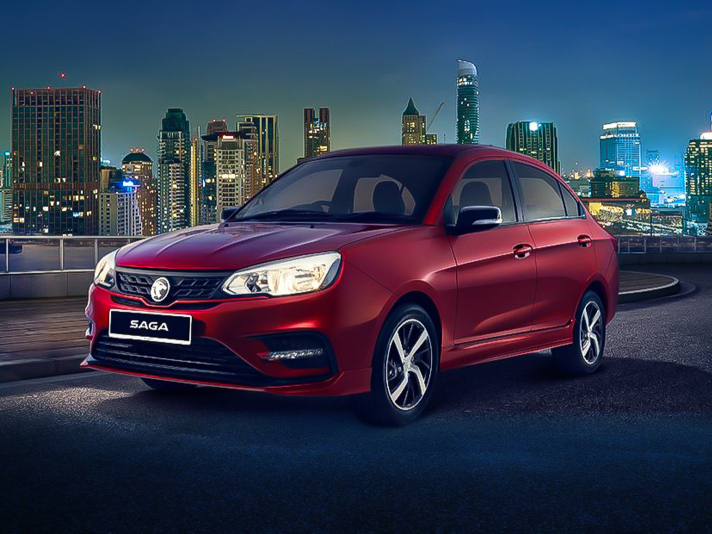
Proton Saga Interior Review: Affordable Yet Stylish for Everyday Use
WilliamJul 17, 2025
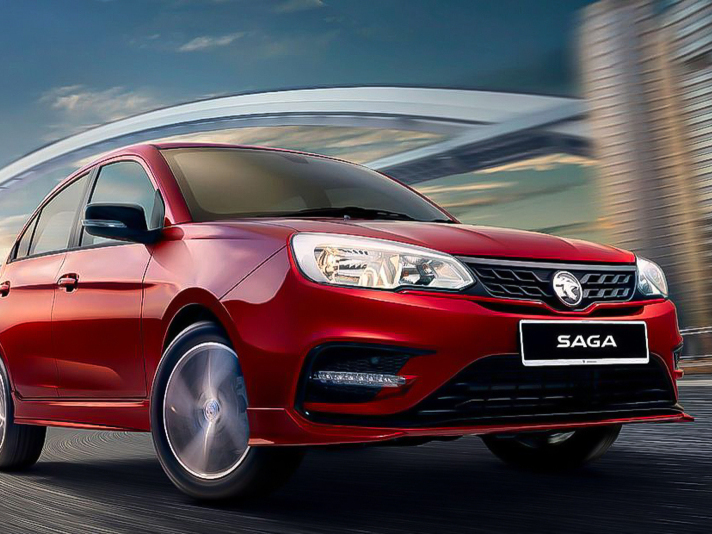
2025 Halfway Mark: All-New Proton Saga Coming Soon!
JohnMay 30, 2025
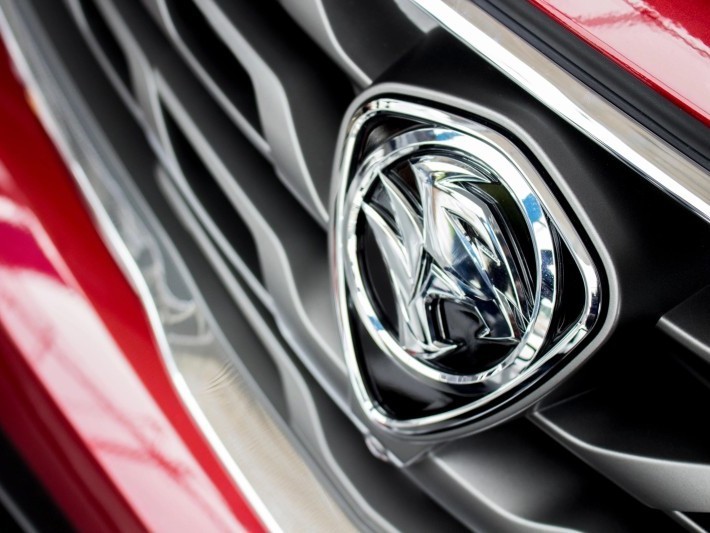
Proton Recorded Sales of 13,918 Vehicles in March, Marking a Significant MOM Increase of 23.9%
AshleyApr 10, 2025
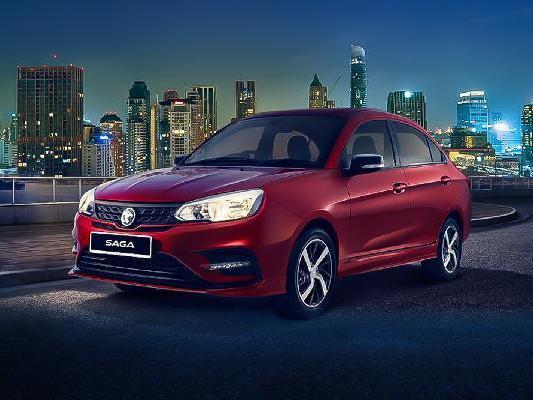
Proton Saga: A Clear Overview of Configurations and Costs of models
LienMar 25, 2025
View More







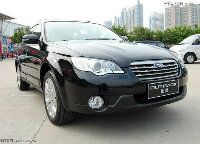

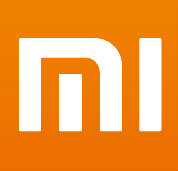


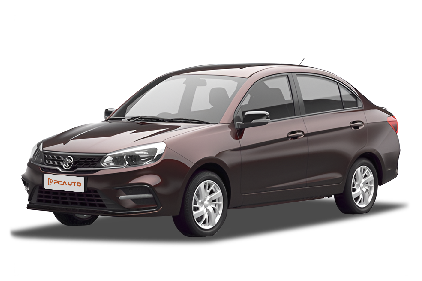





Pros
Cons